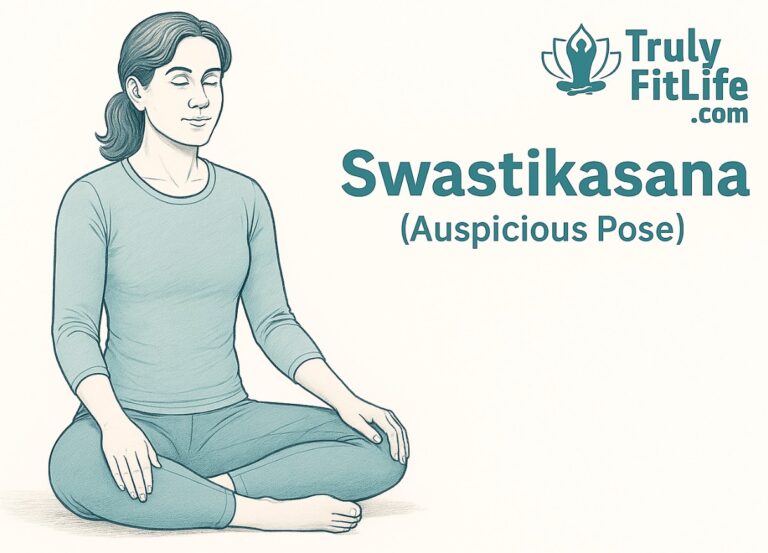🧘♀️ Swastikasana – Auspicious Pose
Swastikasana (Auspicious Pose) is a traditional seated posture described in classical yogic texts such as the Hatha Yoga Pradipika and Gheranda Samhita. The word “Swastika” in Sanskrit means auspicious, well-being, or prosperity. This pose symbolizes balance, stability, and inner harmony, making it a favored posture for meditation and pranayama. Unlike more complex seated postures like…
